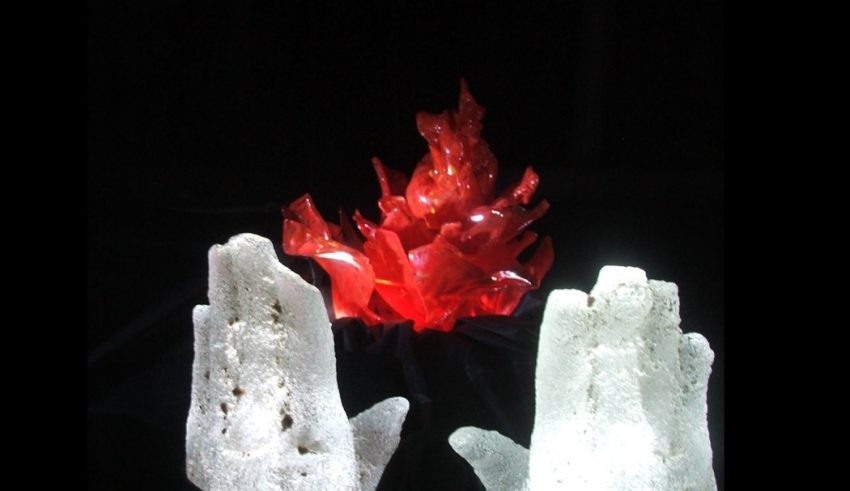
Fourth, a Sustainability Curve can successfully be endured if the person or organization sets realistic deadlines and high but realistic goals. In other words, adequate planning and evaluation must precede and accompany any successful initiative. The Sustainability Curve must be anticipated in setting up deadlines and timelines for program planning, initiation and review. Formative, nonjudgmental evaluation of the initiative may be appropriate at a relatively early point (for example, after one to two months), while more judgmental, summative evaluation should not occur until the Sustainability Curve can be expected to be on an upturn (usually four to six months after the start of a major initiative).
In sum, it is important to remember that four central ingredients are to be kept in mind when initiating or encouraging others to initiate a major new program or establish a new organization: (1) awareness of the Sustainability Curve, (2) broad-based commitment to the startup decision, (3) capacity to sustain the system beyond the startup phase, and (4) adequate planning for and monitoring of the initiative. If awareness, commitment, capacity and planning are not present, then it might be better to stay with what is currently in place. It is a time for stabilization rather than change. Stay home while planning for the trip away from home. During a period of stabilization, one can encourage those involved in the potential new program or organization to become more fully acquainted with the dynamics of change and development—especially the Sustainability Curve. At the same time, those planning the start up can working closely with these people who will be involved in this new initiative to build their commitment to the new program or organization when it is time for this startup. For everything there is a season and with sufficient awareness, commitment, capacity and planning, the fires of a new program or organization can be sustained and enjoyed even after the startup log has burned out.
Terminating the Fire
Eventually, the fire comes to an end. We must let it die out, perhaps moving some of the logs that haven’t been fully burned to the side of the fireplace—saved for the next fire. By setting the logs that remain, we have enabled the dying fire to leave a legacy. The partially burn logs that I set aside will more readily burn when I lite the next fire, for much of the moisture in these logs has already been released. There might be an even more profound legacy being left by the dying fire. As the final glowing embers flicker out, I am reminded of the perspectives of our distant forebears and their animistic perspectives on life. None of us are living very far away in time from our ancestors’ beliefs that every living organism (and perhaps even inanimate objects) possesses a spirit—a “being”. This spirit (anima and animus in Jungian terms) may be leaving the wood as it is being burned. Perhaps, it leaves in the fire’s heat and smoke. Where does the spirit go?








